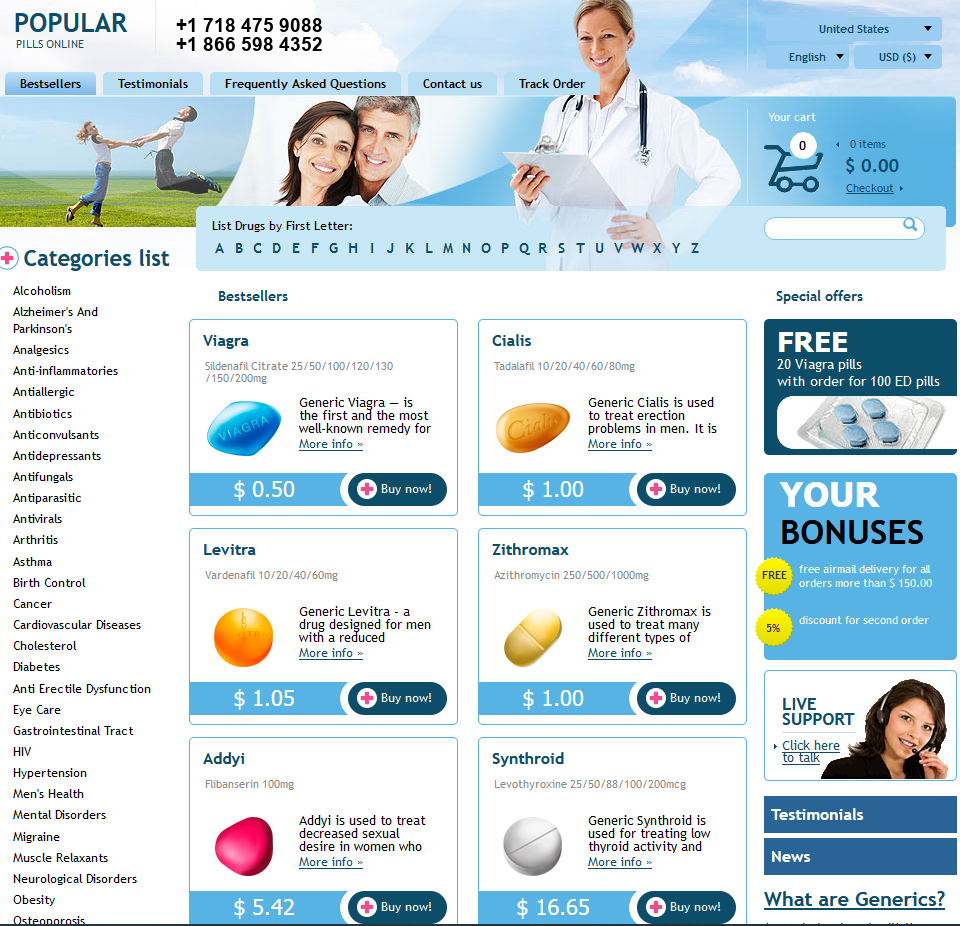Click HERE To Buy Cefixime Online ↓
 Cefixime and Drug Interactions You Should Know
Cefixime and Drug Interactions You Should Know
How Cefixime Works Inside Your Body
Once you swallow a dose of cefixime, it begins its journey through your digestive tract, dissolving and being absorbed into your bloodstream. The medication then circulates through your body, targeting harmful bacteria lurking within tissues and fluids. Cefixime’s real strength lies in its ability to disrupt the formation of bacterial cell walls—a vital structure these invaders need to survive. Without sturdy walls, bacteria become fragile and quickly break apart.
What sets cefixime apart is its focus; it doesn’t interfere with human cells, so it’s effective without harming healthy tissues. It’s like sending a specialized agent that attacks only the enemy, leaving your own cells untouched. Over several days, as you continue the prescribed course, cefixime works to steadily clear the underlying infection.
| Step | Cefixime’s Action |
|---|---|
| Absorption | Enters bloodstream after ingestion |
| Distribution | Moves to infected areas in the body |
| Bacterial Attack | Prevents bacteria from forming cell walls |
| Clearance | Helps body remove destroyed bacteria |
Common Medications That May Interact with Cefixime

When you’re prescribed cefixime, it’s tempting to focus just on the infection it’s treating. However, it’s equally crucial to consider what else you might be taking. Blood-thinners like warfarin may have enhanced effects when combined with cefixime, making regular monitoring of clotting times important for your safety. Likewise, diabetes medications—especially those taken orally—can occasionally have their effectiveness altered, impacting your blood sugar control.
Beyond these, certain medications for gout, such as probenecid, can increase cefixime levels in your bloodstream by reducing how quickly your body eliminates the antibiotic. Even treatments for stomach issues, like antacids or drugs that reduce stomach acid, have the potential to reduce cefixime’s absorption, making it less effective. Always let your healthcare provider know about your full medication list before starting cefixime.
Unexpected Over-the-counter Drug Conflicts
Busy pharmacies and aisles crowded with choices often make us forget that even common remedies can affect prescription antibiotics like cefixime. For example, antacids containing aluminum or magnesium may reduce cefixime's absorption and effectiveness. Some popular cold remedies and painkillers, like ibuprofen, can also alter how your body processes the antibiotic.
Because over-the-counter and prescribed drugs mingle in the body, it's crucial to inform your pharmacist about everything you’re taking before starting cefixime to avoid unexpected complications.
Herbal Supplements: Hidden Risks with Cefixime

Many people view herbal remedies as entirely safe, but when combined with antibiotics like cefixime, unexpected interactions can occur. For example, St. John’s wort is known for its ability to speed up the body’s processing of certain drugs. If taken with cefixime, it might lower the antibiotic’s effectiveness, making it harder to fight infections. Similarly, supplements containing zinc or calcium can bind to cefixime in the digestive tract, reducing how much of the medication your body absorbs.
Even seemingly harmless herbal teas, such as those made with senna or licorice, can alter how your system handles cefixime. This could lead to either reduced benefits or side effects you didn’t anticipate. Maintaining open communication with your healthcare provider about all supplements you use is essential for your safety.
To protect your health, always check with your doctor or pharmacist before starting new herbal products alongside prescribed medications like cefixime. This extra step can help you avoid hidden risks and ensure your treatment remains as effective as possible.
How Food and Drink Affect Cefixime's Action
Eating and drinking while taking cefixime might seem trivial, but your daily habits can subtly impact how the medication works. Dairy products such as milk and yogurt, for example, may slow the absorption of cefixime, making it less effective against infections. Large or fatty meals occasionally delay how fast your body absorbs the drug, potentially altering therapeutic outcomes. Alcohol isn’t known for major interactions with cefixime, but it can increase stomach upset.
Simple changes to your routine, such as taking cefixime with a glass of water and avoiding heavy meals, can help. Consult your doctor if you’re unsure how your food choices may affect your treatment.
| Food/Drink | Potential Effect on Cefixime |
|---|---|
| Dairy products | May slow absorption |
| Fatty meals | Possible delayed absorption |
| Alcohol | Increased stomach upset |
Tips to Prevent Dangerous Cefixime Interactions
Navigating medication safety starts with solid communication—always share your full medication list with your healthcare provider, including prescriptions, over-the-counter drugs, and even herbal supplements. This simple step helps doctors catch possible clashes before you begin cefixime. Equally important, read medication labels and pharmacist guidance carefully to spot unexpected ingredients that might interact with your antibiotic.
If you're unsure about mixing cefixime with anything else, don’t guess—double-check with a healthcare professional. Some interactions are subtle and may not produce immediate symptoms, but they can reduce the antibiotic’s effectiveness or increase the risk of side effects over time. Lastly, avoid self-medicating or adjusting your dose without approval. By staying proactive and informed, you help ensure cefixime does its job safely and efficiently.

